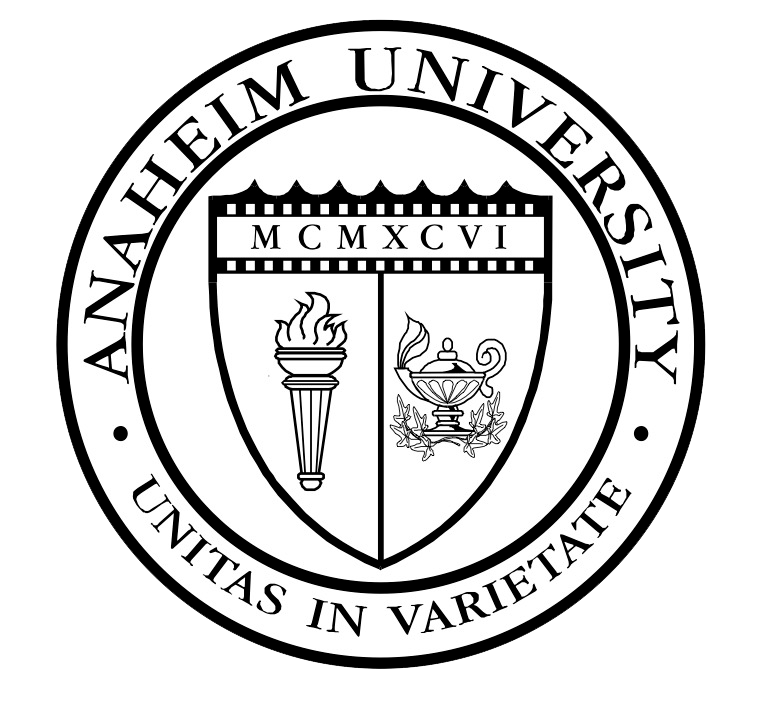Tuition
June 6, 2023 2025-01-21 19:05Tuition
Tuition & Fees
Online MFA in Digital Filmmaking Program Fees
Itemized Program Costs
Application and Registration Fees
Non-Refundable Fees | $ 75.00* |
Registration Fee | $ 100.00* |
STRF Fee1 | $ 0.00* |
NON-REFUNDABLE FEES DUE UPON SUBMISSION OF THIS ENROLLMENT AGREEMENT | |
Course Fees | |
Tuition per course ($500 per credit x four credits) | $ 2,000 |
(14 courses X $2000 each) | $ 28,000* |
Records Fee per term | $ 200 |
(14 terms X $200 per term) | $ 2,800* |
Estimated Textbook Fees | $ 1,000* |
Other Fees | $ 1,500* |
Cost of Equipment2 | $ 800* |
Cost of Optional Equipment2 | $ 3,400 (optional) |
Residential Session Fee** | $ 2,200* |
Estimated Residential Session Accommodation Fees3 | $ 1,500* |
Transfer credit fee4 (per course) | $ 75 (optional) |
End of Program Fees | |
Original Transcript | No cost |
Diploma | No cost |
Replacement Diploma | $ 200 (optional) |
Replacement Cover | $ 100 (optional) |
Each Additional Transcript | $ 25 (optional) |
Program Completion Letter | $ 35 (optional) |
TOTAL Program Costs | $ 37,975** |
* Costs included in the Total Program Costs
**Assumes program completion in 14 enrolled terms and successful completion of each course on the first attempt.
Footnotes:
1 Student Tuition Recovery Fund (STRF): The Student Tuition Recovery Fund (STRF) is administered by the California BPPE and applies only to California residents. The STRF fee is currently zero dollars ($0.00) per one thousand dollars ($1,000) of institutional charges The State of California established the Student Tuition Recovery Fund (STRF) to relieve or mitigate economic loss suffered by a student in an educational program at a qualifying institution, who is or was a California resident while enrolled, or was enrolled in a residency program, if the student enrolled in the institution, prepaid tuition, and suffered an economic loss. Unless relieved of the obligation to do so, you must pay the state-imposed assessment for the STRF, or it must be paid on your behalf, if you are a student in an educational program, who is a California resident, or are enrolled in a residency program, and prepay all or part of your tuition. You are not eligible for protection from the STRF and you are not required to pay the STRF assessment, if you are not a California resident, or are not enrolled in a residency program.
2 Cost of Equipment will vary depending on individual choices. The costs listed assumes the student has an I-phone and a computer. The required cost estimate is for a video card for a smart phone and movie making software for a computer. The optional equipment cost estimate is an estimated cost of the optional equipment listed in Section 2 of this Agreement and is the result of an internet search for the cost of low end to mid-level new equipment. Used equipment is available for a much lower cost and new high-end equipment costs much more. Minimum cost for the optional equipment would likely be between $1,000 and $2,000.
3 Estimated Residential Accommodation Fees: An estimate of the cost of housing and meals. Costs vary depending on the housing and restaurants the student chooses. Anaheim University endeavors to find housing at a reasonable cost for students.
These fees do not include transportation to and from the Residential Session. The maximum cost of transportation to and from the Residential Session will be the cost from where the applicant lives to either Tokyo or Los Angeles, whichever is farther.
4 Transfer Credit Fee: If an applicant requests that a course, or courses, taken at another university be reviewed for transfer credit, the applicant is charged $75 for each course reviewed. For each course approved for transfer credit, the cost of the applicant’s program will be reduced by the cost of the course that does not have to be taken, and the number of courses the applicant will be required to take to complete degree requirements will be reduced by one. Textbook costs will be reduced by the cost of the textbook that would have been used in the AU course.
MFA in Digital Filmmaking Required Equipment
Students in the MFA in Digital Filmmaking program must have one from each category. Examples of each are listed. You may wish to check with retailers to inquire about educational pricing. Anaheim University can provide proof of enrollment upon request.
Camera capable of shooting 1920×1080/24fps
- DSLR: Canon 5DMII, 5DMIII, 7D, 60D, Rebel T2i, T3i, Nikon D800, D90, D3200, etc.;
- Black Magic Pocket Camera;
- Mirrorless: Panasonic GH2, Sony A7, etc.
Lens(es)
- Focal length: 24-105mm. (Often the DSRL and mirrorless cameras listed above come with a stock lens that will cover this range).
Digital sound recorder with XLR inputs
- Tascam DR-40;
- Zoom H4N;
- Rode shotgun microphone and XLR cable
Basic Continuous Lighting Equipment
- Inexpensive brands: Impact, Manfrotto, Genaray
- More expensive: Arri lighting kits, Kino-flo
Basic Non-linear editing software
- Final Cut Pro (Available from Apple)
- Adobe Premiere Pro



